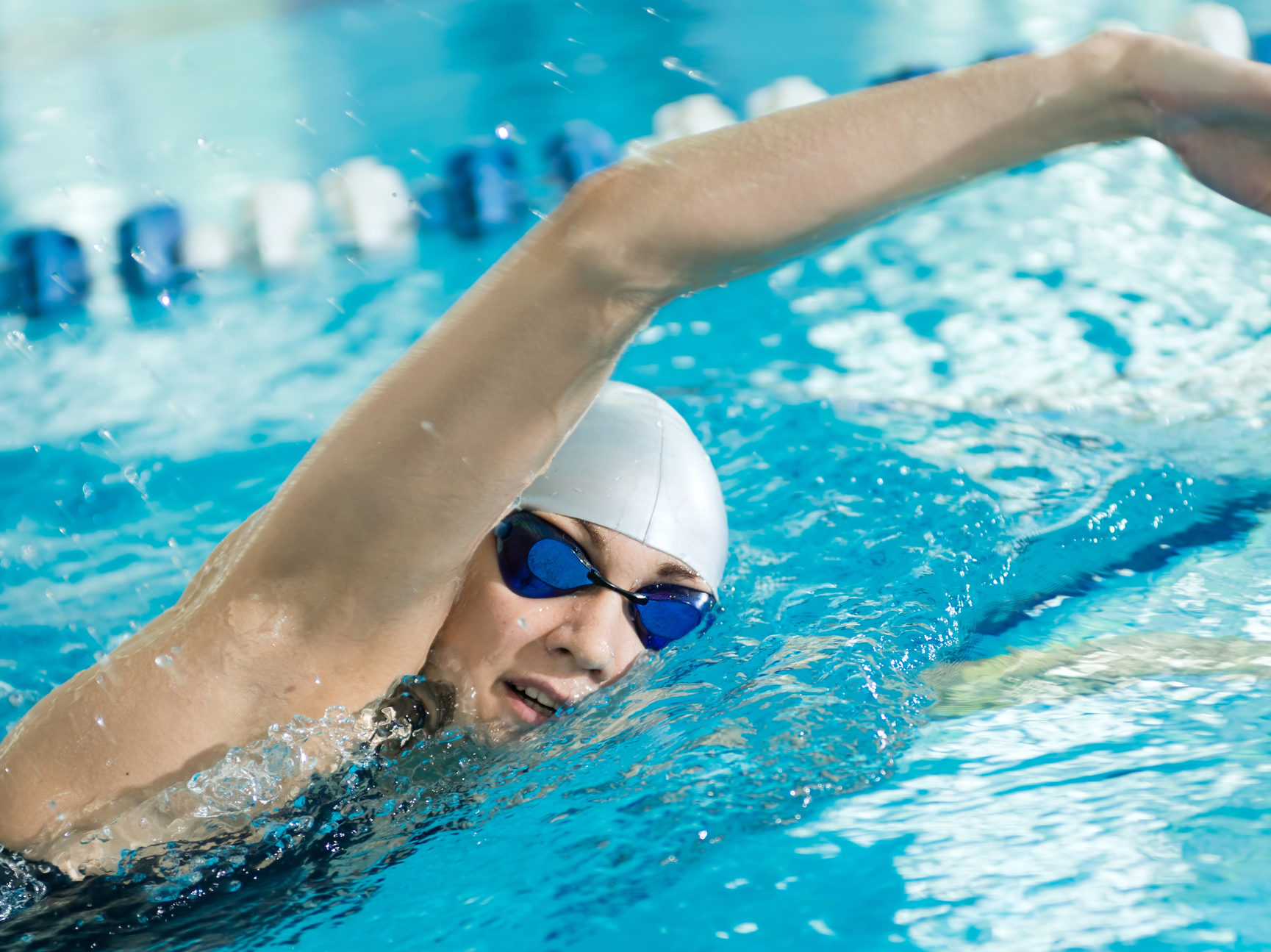Take the Plunge for Health

Swimming dives deeply into more of the body’s major muscle groups than other forms of cardio exercise. Swimming engages the legs, upper body, core, back, and triceps. Even though it does not involve weights, the resistance against the water provides a significant training benefit. Swimming has life-extending, heart-saving, mood-lifting benefits, and it’s fun. Jane Nickerson, Swim England CEO, reports findings of a 2017 study published in World Cancer Research Fund International: It is evident from the report that swimming has enormous potential to support health and wellbeing. The unique properties of water mean that no one is restricted from taking part. Swimming is an excellent source of aerobic fitness for people of all ages, sizes and physical abilities. People who are overweight, people with disabilities, and people with orthopedic issues may find it easier to move in the water. The buoyancy helps to exercise with less pain and with more freedom of movement.
Some of the health benefits of enjoying a regular swimming program include:
- Improved core strength and stability
- Better lung capacity
- Higher HDL levels (good cholesterol)
- Decreased triglycerides
- Lowered blood pressure
- Lowered risk for cardiovascular disease
- Improved posture
- Increased endurance
- Reduced joint pain
- Increased bone and muscle strength
Tips for a successful swimming routine include:
- Learn proper and efficient swimming technique. Seek out a coach or take a class.
- Continue to include strength training.
- Monitor heart rate.
- Swim for at least 150 minutes per week. Some experts recommend 2 to 3 miles, 3 to 5 times per week.
Kathe Briggs, MS, an American College of Sports Medicine certified clinical exercise physiologist, explains: Swimming allows you to exercise your upper and lower body in a wide range of motion and can be gentler on your joints compared with other modes of fitness, Aside from fitness, swimming is also a good source of physical therapy, particularly for people who may have musculoskeletal health issues such as arthritis.
Regenerative medicine, including PRP and stem cell therapy, may provide relief from joint pain and impaired movement due to joint injuries and conditions, including arthritis. Swimming is a recommended exercise after regenerative medicine treatments. When the incision to extract bone marrow, all injection sites are healed, and stem cells are building new tissue, gentle exercises like swimming are encouraged to regain strength. All guests have different levels of healing and fitness, so any exercise program before or after regenerative medicine therapy needs to be managed by the DOC orthopedic surgeon and physical therapist. Take the plunge and try swimming for exercise. Talk to the DOC orthopedist and physical therapist today.
For more information on the cost of care, click here.




